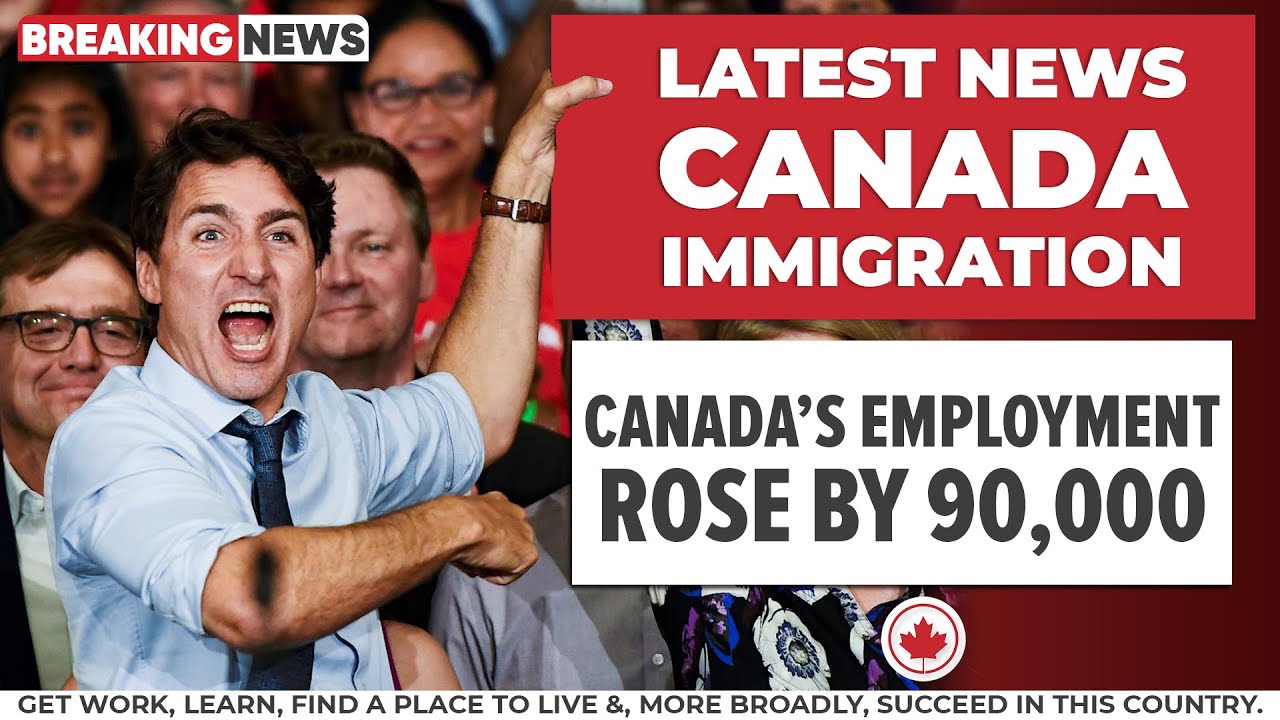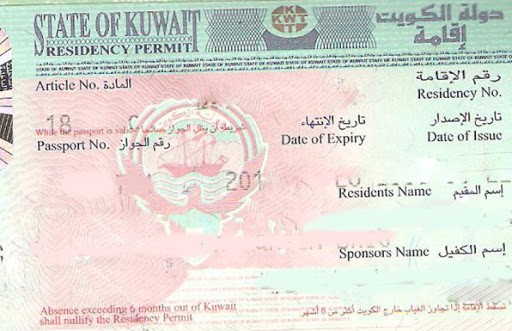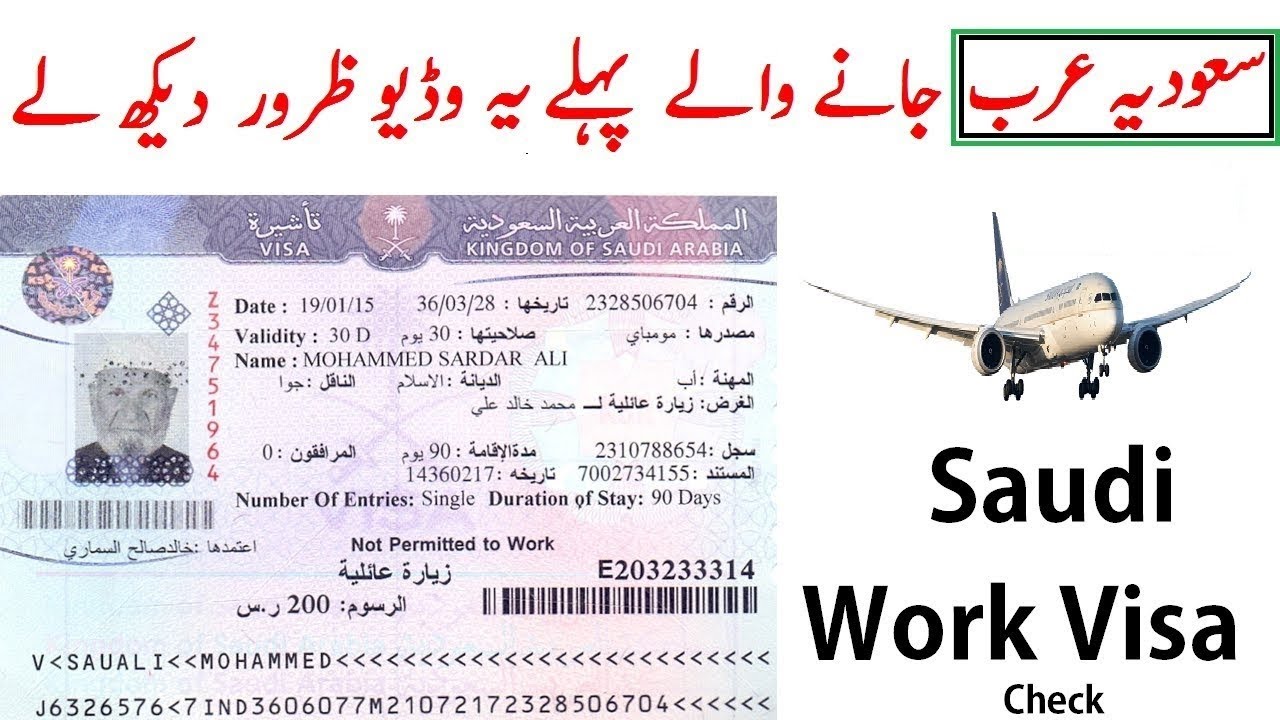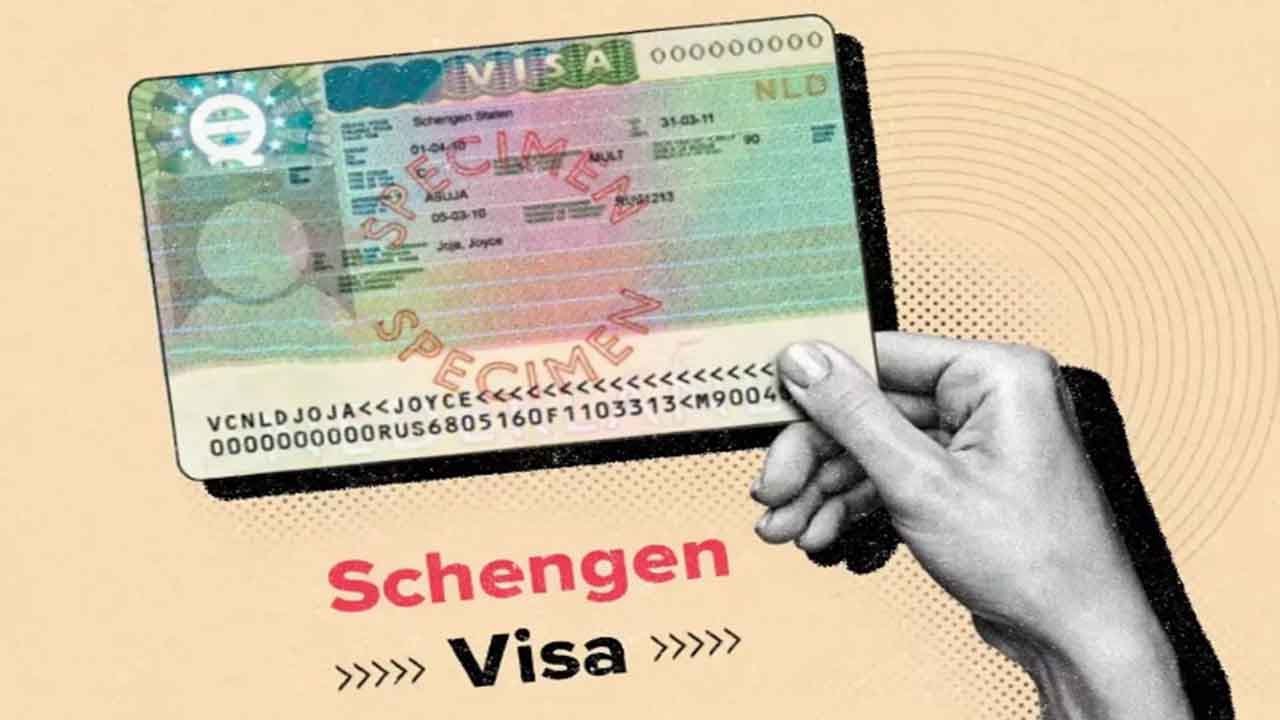Canada continues to be a global leader in immigration, welcoming newcomers from around the world to support its economy, address labor shortages, and enrich its multicultural society. Staying updated on the latest immigration news is crucial for prospective immigrants, international students, and temporary workers. This article provides a comprehensive overview of the most recent Canada immigration news, including policy changes, program updates, and important announcements.
1. Canada’s Immigration Levels Plan 2024-2026
Canada has released its Immigration Levels Plan for 2024-2026, outlining the number of immigrants the country plans to welcome over the next three years. The plan aims to maintain high immigration targets to support economic growth and address labor market needs.
Key Highlights:
- 2024 Target: 485,000 new permanent residents.
- 2025 Target: 500,000 new permanent residents.
- 2026 Target: 500,000 new permanent residents.
- Focus Areas: Economic immigration (Express Entry, Provincial Nominee Programs), family reunification, and refugee resettlement.
This plan reflects Canada’s commitment to welcoming skilled workers, international students, and families to contribute to the country’s prosperity. For more details, visit the official Immigration Levels Plan 2024-2026 page.
2. Express Entry Draws and CRS Scores
The Express Entry system remains one of the most popular pathways for skilled workers to immigrate to Canada. Recent Express Entry draws have focused on specific categories, such as healthcare workers, STEM professionals, and tradespeople, to address labor shortages in key sectors.
Recent Updates:
- Category-Based Draws: Immigration, Refugees and Citizenship Canada (IRCC) has conducted targeted draws for candidates with experience in healthcare, STEM (Science, Technology, Engineering, and Mathematics), and skilled trades.
- Comprehensive Ranking System (CRS) Scores: CRS cut-off scores have varied depending on the category and the number of invitations issued. Recent draws have seen CRS scores ranging from 480 to 520 for general draws and lower scores for category-based draws.
Prospective applicants are encouraged to improve their CRS scores by gaining additional work experience, improving language proficiency, or obtaining a provincial nomination. For the latest Express Entry draw results, visit the IRCC Express Entry page.
3. Provincial Nominee Program (PNP) Updates
Provincial Nominee Programs (PNPs) continue to play a vital role in Canada’s immigration strategy, allowing provinces and territories to nominate candidates who meet their specific labor market needs.
Recent PNP Developments:
- Ontario Immigrant Nominee Program (OINP): Ontario has issued invitations to candidates in the Express Entry Human Capital Priorities Stream, targeting healthcare and tech professionals.
- British Columbia Provincial Nominee Program (BC PNP): BC has conducted draws for tech workers, healthcare professionals, and early childhood educators.
- Alberta Advantage Immigration Program (AAIP): Alberta has prioritized candidates with job offers in high-demand occupations, including healthcare and agriculture.
PNPs offer a pathway to permanent residency for candidates who may not qualify for Express Entry but have skills and experience needed in specific provinces. For more information, visit the Provincial Nominee Program Overview.
4. International Student Program Updates
Canada remains a top destination for international students, offering world-class education and post-graduation work opportunities. Recent updates to the International Student Program aim to enhance the experience for students and address challenges such as housing and affordability.
Key Updates:
- Cap on International Student Permits: To address housing shortages, the Canadian government has announced a temporary cap on the number of international student permits issued in 2024. The cap will be adjusted based on provincial needs and housing availability.
- Post-Graduation Work Permit (PGWP) Changes: Starting September 2024, international students enrolled in public-private partnership programs will no longer be eligible for PGWPs. However, graduates of public institutions will continue to benefit from PGWPs.
- Increased Financial Requirements: As of January 2024, international students must demonstrate **20,635∗∗insavings(inadditiontotuitionfees)toqualifyforastudypermit,upfromthepreviousrequirementof10,000.
These changes aim to ensure that international students are well-supported and can successfully transition to life in Canada. For more details, visit the International Student Program page.
5. Temporary Foreign Worker Program (TFWP) Updates
The Temporary Foreign Worker Program (TFWP) allows Canadian employers to hire foreign workers to address labor shortages. Recent updates to the program aim to streamline the process and protect workers’ rights.
Recent Changes:
- LMIA Validity Extended: The validity period for Labour Market Impact Assessments (LMIAs) has been extended from 6 months to 12 months, giving employers more time to hire foreign workers.
- Wage Requirements: Employers must now pay temporary foreign workers the median wage for their occupation, ensuring fair compensation.
- Streamlined Processing: IRCC has introduced faster processing times for LMIA applications in high-demand sectors, such as agriculture and healthcare.
These changes aim to make it easier for employers to hire foreign workers while ensuring fair treatment and protection for workers. For more information, visit the Temporary Foreign Worker Program page.
6. New Immigration Pathways and Pilots
Canada continues to introduce new immigration pathways and pilot programs to address specific labor market needs and support vulnerable populations.
Recent Announcements:
- Rural and Northern Immigration Pilot (RNIP): The RNIP has been made a permanent program, allowing rural communities to attract and retain skilled workers.
- Economic Mobility Pathways Pilot (EMPP): This pilot program helps refugees with skills in high-demand occupations immigrate to Canada and fill labor shortages.
- Tech Talent Strategy: Canada has launched initiatives to attract global tech talent, including faster work permit processing and pathways to permanent residency for tech workers.
These programs provide additional opportunities for immigrants to contribute to Canada’s economy and communities. For more details, visit the New Immigration Pathways page.
7. Updates on Family Sponsorship
Family reunification remains a cornerstone of Canada’s immigration policy. Recent updates aim to streamline the sponsorship process and reduce processing times.
Key Updates:
- Parent and Grandparent Program (PGP): IRCC has increased the number of applications accepted under the PGP, allowing more families to reunite in Canada.
- Spousal Sponsorship: Processing times for spousal sponsorship applications have been reduced, with most applications now processed within 12 months.
These updates reflect Canada’s commitment to keeping families together and supporting newcomers as they settle in the country. For more information, visit the Family Sponsorship page.
8. Refugee and Humanitarian Updates
Canada continues to uphold its humanitarian commitments by welcoming refugees and providing support to vulnerable populations.
Recent Developments:
- Afghan Refugee Resettlement: Canada has welcomed over 40,000 Afghan refugees since 2021, with ongoing efforts to resettle more individuals and families.
- Ukraine Crisis Response: Canada has introduced special measures to support Ukrainians fleeing the war, including temporary residence permits and pathways to permanent residency.
These initiatives demonstrate Canada’s dedication to providing refuge and support to those in need. For more details, visit the Refugee and Humanitarian Resettlement page.
9. IRCC Processing Times and Backlogs
IRCC has been working to reduce processing times and address application backlogs caused by the COVID-19 pandemic.
Current Status:
- Express Entry: Processing times for Express Entry applications are approximately 6 months for most categories.
- Study Permits: Study permit processing times vary by country but average around 8-12 weeks.
- Work Permits: Work permit processing times range from 4-12 weeks, depending on the stream and country of application.
IRCC continues to invest in technology and resources to improve processing efficiency and reduce wait times. For the latest processing times, visit the IRCC Processing Times page.
10. Upcoming Changes and What to Expect
Looking ahead, Canada’s immigration system is expected to undergo further changes to adapt to evolving economic and social needs.
Anticipated Updates:
- Increased Focus on Regional Immigration: More emphasis will be placed on attracting immigrants to smaller communities and rural areas to support local economies.
- Expansion of Category-Based Express Entry Draws: IRCC may introduce new categories to address emerging labor market needs.
- Enhanced Support for Newcomers: Increased funding for settlement services, language training, and employment support to help newcomers integrate into Canadian society.
Conclusion
Canada’s immigration system remains dynamic and responsive to the needs of the country and its newcomers. By staying informed about the latest updates and developments, prospective immigrants can better navigate the immigration process and seize opportunities to build a new life in Canada.
For more information on Canada immigration news, programs, and resources, visit VisaXtra. Our comprehensive guides and expert advice can help you achieve your immigration goals.










